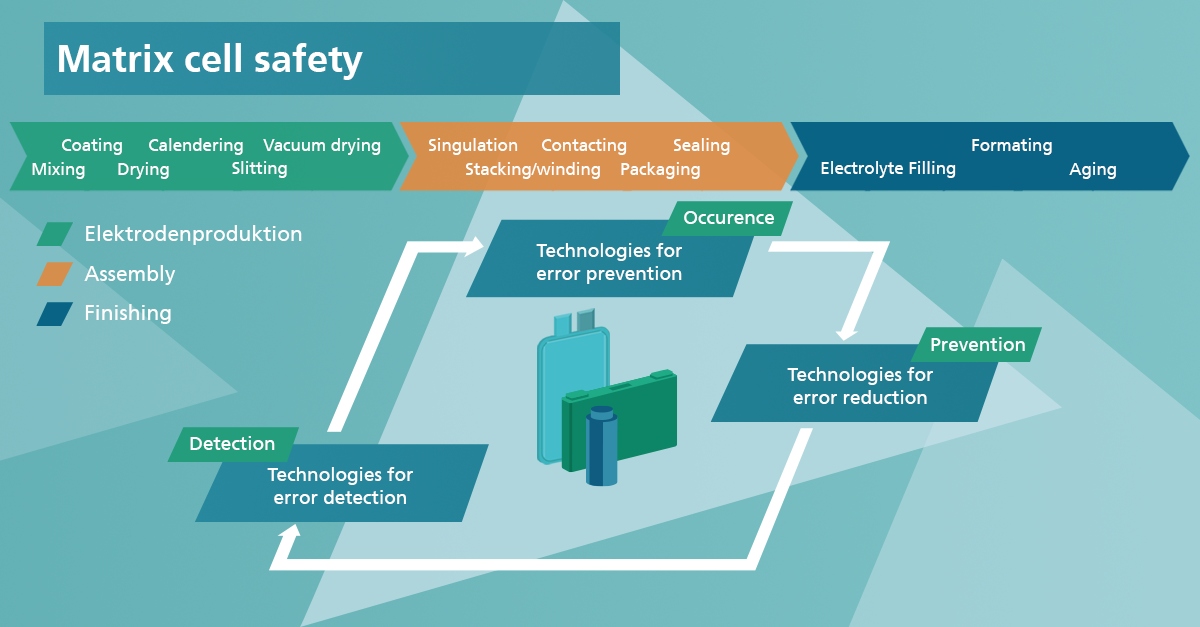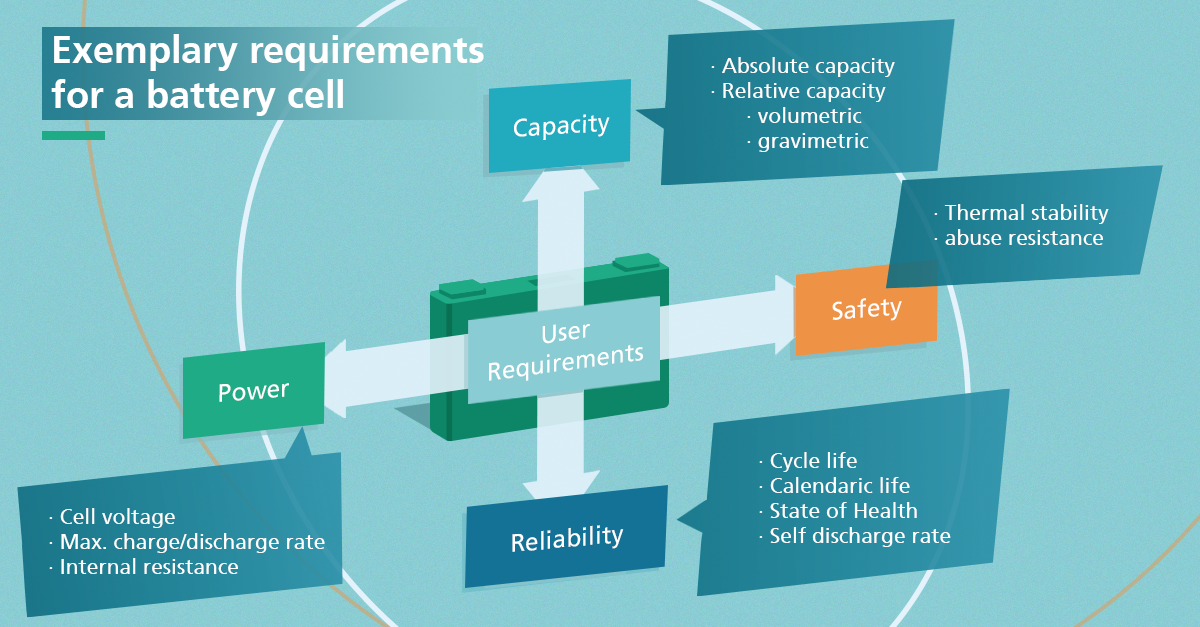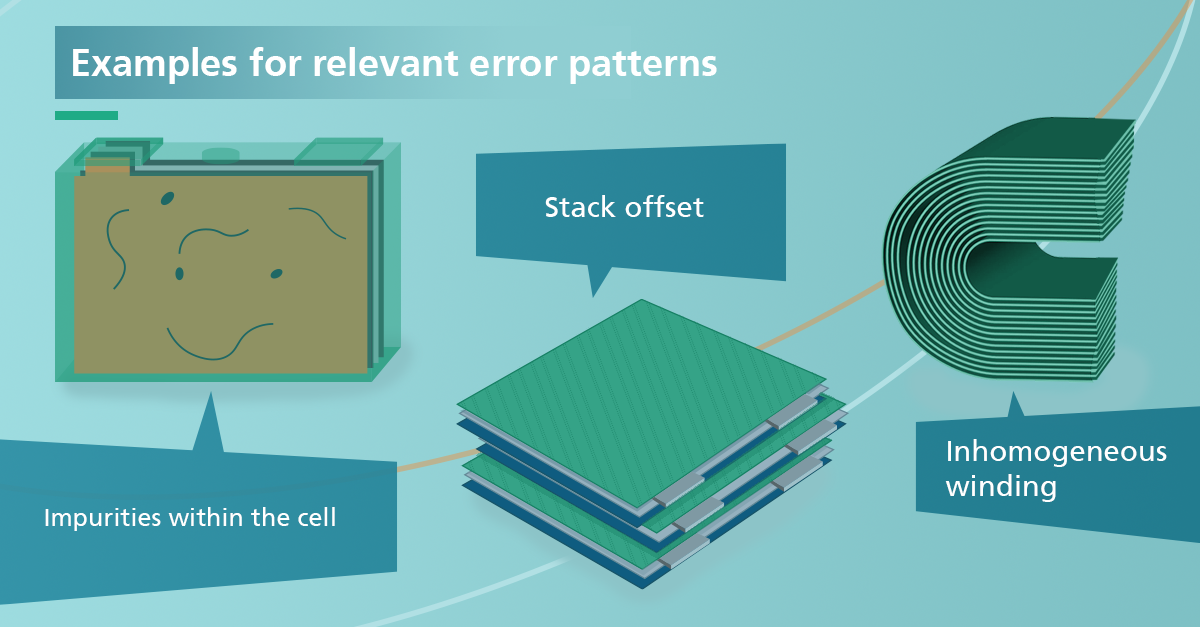What does quality management mean in battery cell production?
With the growth of the industry described above, the demands on manufacturing companies to produce a sufficient number of flawless products are also increasing. Effective and efficient quality management is becoming a crucial building block for competitiveness.
The aim is always to achieve the highest possible quality of results, i.e. a smoothly functioning battery cell that meets customer requirements, as well as high process quality, i.e. a fault-free production process that directly influences the quality of results. To ensure both factors, certification according to quality standards and the provision of statistical evidence is common practice, particularly in the automotive sector. In this context, numerous automotive manufacturers place high demands on their suppliers. Relevant topics here include not only certification according to quality management standards such as DIN ISO 9001, but also industry-specific certifications such as IATF 16949. In addition, the provision of statistical evidence of machine, process and measuring equipment capability within the framework of VDA procedures is also relevant. However, the complex and, in their entirety, unique challenges of battery cell production sometimes push these methods to their limits. It is therefore necessary for quality management and quality assurance, i.e. the planning, testing, monitoring and improvement of all operational processes that contribute to the manufacture of products, to be extended to include the requirements of battery cell production.


